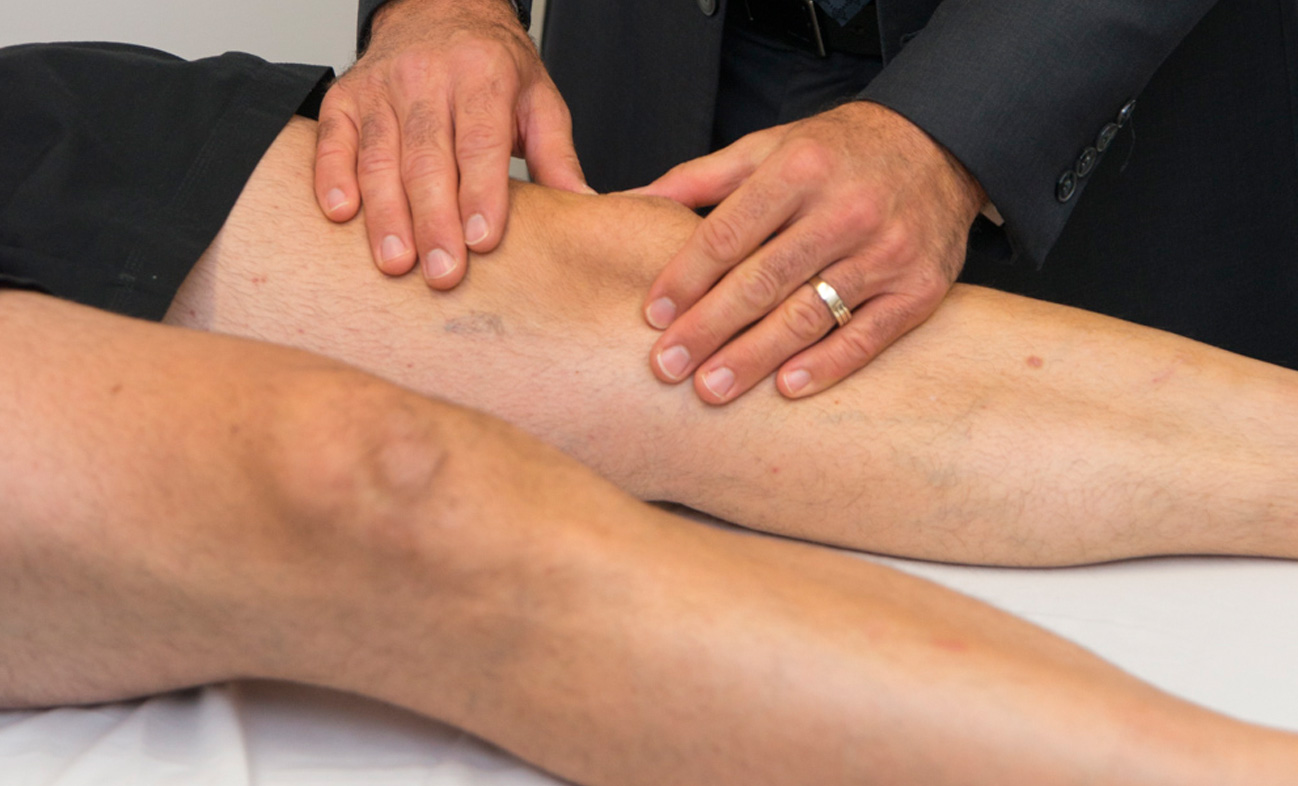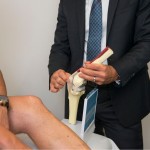Orthopaedic Conditions / Knee / Adults
Knee Arthritis Specialist Treatment in Sydney

What causes Osteoarthritis (OA) of the knee?
OA is also known as wear-and-tear arthritis. The condition is caused when the articular cartilage which acts as a natural cushioning between joints wears away. This causes the bones of the joints to rub more closely against each other without the shock-absorbing benefits usually provided by cartilage. The rubbing then results in pain, swelling and stiffness and causes decreased ability to move and can sometimes result in bone spurs forming.
While age is a major risk factor, young people can also develop OA of the knee.
For some, it may be genetic while for others it can result from injury or infection or from being overweight.
The chance of it OA developing increases after age 45 with the knee being one of the most commonly affected areas with women more likely to have OA than men.
As we age, most people will eventually develop some degree of OA, but there are . factors that increase the risk of developing significant arthritis at an earlier age. These include:
- Weight increases pressure on all the joints, especially the knees. Every kilo of weight you gain adds 3 to 4kilos of extra weight on your knees.
- Heredity. This may be due to inherited abnormalities including the shape of bones surrounding the knee
- Gender. Women ages 55 and older are more likely than men to develop OA of the knee.
- Repetitive stress injuries/trauma. These are usually a result of a person’s occupation. This includes work types involving regular activity that causes stress on the joint, like kneeling, squatting and lifting heavy weights.
- Athletics. In particular athletes involved in the sports of soccer, tennis, netball and running may be at higher risk. Although athletes should take precautions to avoid injury –one of the most effective lifestyle modifications is for regular moderate exercise to strengthen joints and decrease the risk of OA. In fact, weak muscles around the knee can be a cause leading to the development of osteoarthritis.
- Other illnesses. People who have other diseases such as rheumatoid arthritis are more likely to develop degenerative changes in the joint as are those with particular metabolic disorders including iron overload or excess growth hormone.



